Sign up for workout ideas, training advice, reviews of the latest gear and more.

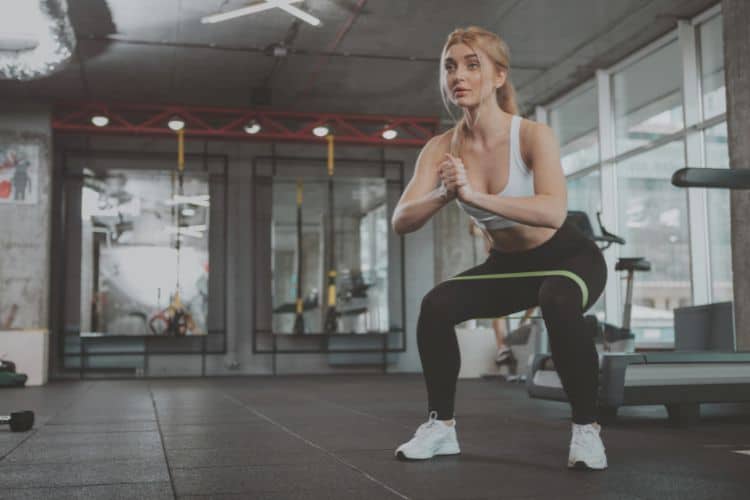
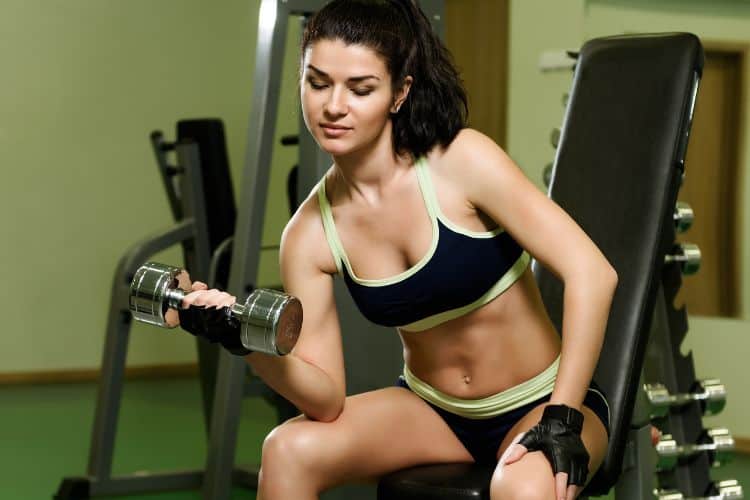
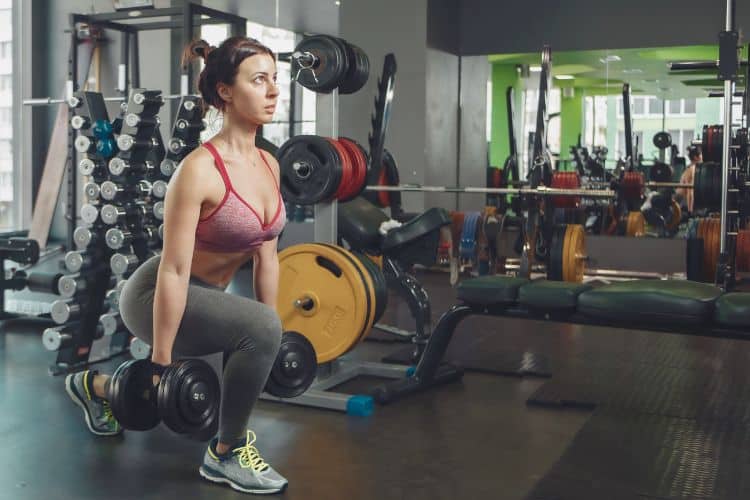
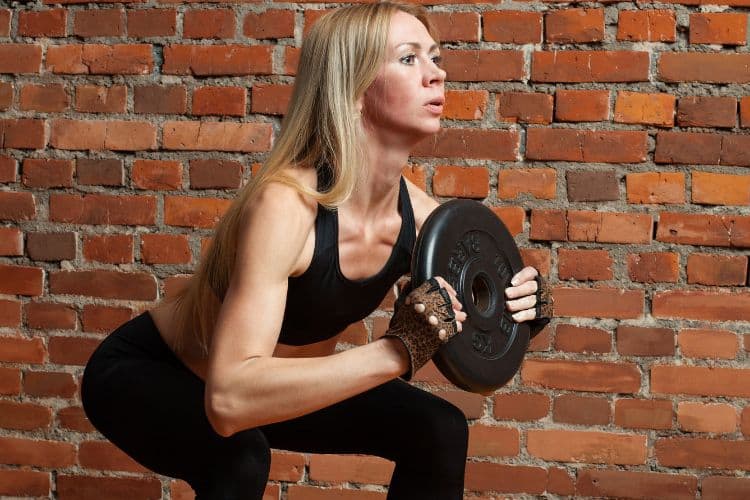
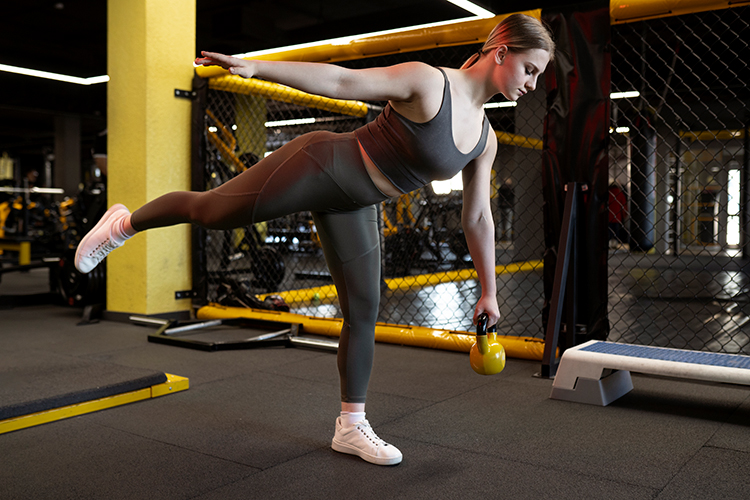
When it comes to building lower body strength, enhancing balance, and improving overall athletic performance, the single leg deadlift stands out as a go-to exercise. This powerful movement targets various muscle groups while promoting stability and coordination, making it an essential addition to any fitness routine. In this comprehensive guide, we’ll delve into the benefits, proper technique, variations, and tips for incorporating single leg deadlifts into your workouts.
The single leg deadlift primarily targets the hamstrings, glutes, and lower back muscles. By working one leg at a time, this exercise allows for a greater range of motion, effectively engaging the muscles more deeply than bilateral exercises. This increased engagement leads to improved muscle growth and strength development, particularly in the posterior chain.
Balancing on one leg while performing the deadlift requires significant stability and coordination. This exercise challenges the smaller stabilizing muscles around the ankles, knees, and hips, enhancing overall balance and reducing the risk of injuries. Improved balance and stability are particularly beneficial for athletes and individuals who engage in activities that require quick changes in direction or single-leg movements.
Single leg deadlifts demand a strong and engaged core to maintain balance and control throughout the movement. The core muscles, including the abdominals, obliques, and lower back, work together to stabilize the spine and pelvis, preventing any excessive twisting or tipping. This not only strengthens the core but also promotes better posture and reduces the risk of lower back pain.
Incorporating single leg deadlifts into your routine can help identify and address muscle imbalances and weaknesses. By working each leg independently, you can pinpoint discrepancies in strength and mobility, allowing you to correct them before they lead to injuries. This exercise also enhances proprioception, or the body’s ability to sense its position in space, further reducing the likelihood of falls and injuries.
The bodyweight variation is an excellent starting point for beginners or those looking to master the movement pattern. Without the added challenge of weights, you can focus on perfecting your form and balance.
Adding dumbbells to the exercise increases the resistance, making it more challenging and effective for building strength. Hold a dumbbell in each hand, or opt for a single dumbbell in the opposite hand of the standing leg for an added balance challenge.
Using a kettlebell can further enhance the stability and grip strength required for the exercise. Hold the kettlebell with both hands or in one hand, and perform the movement as described.
The barbell variation is an advanced option that significantly increases the load on the working leg. This variation requires excellent balance and core strength to execute properly. Start with a lighter barbell and gradually increase the weight as your proficiency improves.
The single leg Romanian deadlift is a variation where you focus on the eccentric (lowering) phase of the movement. Lower your torso slowly and with control, emphasizing the stretch in your hamstrings. This variation can help improve flexibility and muscle endurance.
Before diving into single leg deadlifts, ensure your body is adequately warmed up. Perform dynamic stretches, leg swings, and mobility exercises to prepare your muscles and joints for the movement.
Single leg deadlifts pair well with other lower body and core exercises. Consider incorporating squats, lunges, bridges glute exercises, and planks into your routine to create a balanced and effective workout.
Perform single leg deadlifts 2-3 times per week, allowing for adequate recovery between sessions. Listen to your body and adjust the frequency based on your individual needs and fitness level.
Proper form is crucial for reaping the benefits of single leg deadlifts and avoiding injuries. Take the time to practice and perfect your technique, even if it means starting with lighter weights or fewer repetitions.
A mirror or video recording can be invaluable tools for checking your form. Watch your movements to ensure your spine remains neutral, your hips stay level, and your balance is steady.
As with any exercise, it’s essential to progress gradually. Increase the weight, resistance, or difficulty of the variation only when you can maintain proper form throughout the entire set.
Maintain a steady breathing pattern throughout the exercise. Inhale as you lower your torso and extend your leg, and exhale as you return to the starting position. Proper breathing helps stabilize your core and provides the necessary oxygen for your muscles.
Consistency is key to achieving results with single leg deadlifts. Incorporate them regularly into your routine and stay committed to your fitness goals. Over time, you’ll notice improvements in strength, balance, and overall performance.
Yes, single leg deadlifts can be adapted for beginners by starting with bodyweight or light weights. Focus on mastering the form and gradually increase the intensity as you become more comfortable with the movement.
When performed correctly, single leg deadlifts can help strengthen the muscles supporting the lower back and improve overall posture. However, if you have a history of lower back pain, consult with a fitness professional or healthcare provider before incorporating this exercise into your routine.
While both exercises target similar muscle groups, single leg deadlifts place a greater emphasis on balance, stability, and unilateral strength. They can be a valuable complement to traditional deadlifts, providing a well-rounded approach to lower body training.
If you find it challenging to maintain balance during single leg deadlifts, consider using a wall or a stable surface for support. As your balance improves, gradually reduce your reliance on external support.
Absolutely! Single leg deadlifts can be performed with minimal equipment, making them an excellent addition to home workouts. Use household items like water bottles or backpacks filled with books as weights if you don’t have access to traditional gym equipment.
Single leg deadlifts are a versatile and effective exercise for building lower body strength, improving balance, and enhancing overall athletic performance. By incorporating this movement into your fitness routine and following the proper technique, you can reap the numerous benefits it offers. Remember to start with a focus on form, progress gradually, and stay consistent with your efforts. Whether you’re a beginner or an advanced athlete, the single leg deadlift can help you achieve your fitness goals and take your training to the next level.
Stay up to date on the latest women’s health, fitness and lifestyle trends and tips.